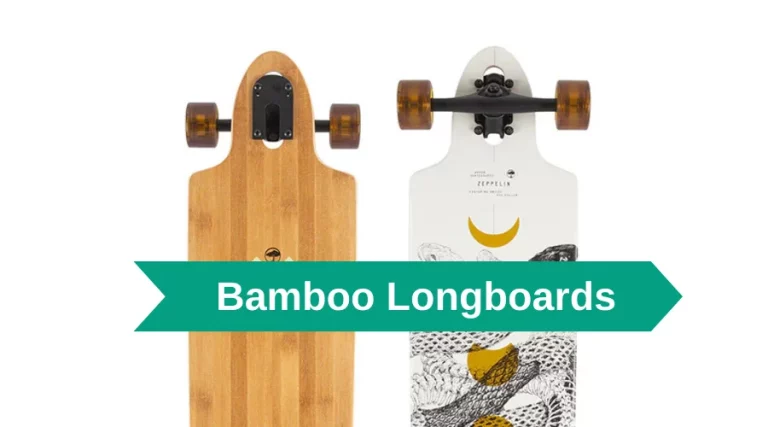10 Easy Ways To Longboarding: How to Longboard
There is a general question about how to longboard. While it may seem daunting at first, there is no reason why learning to longboard shouldn’t be fun.
Many riders jump right into the mountains without any prior training.
This longboarding guide for beginners should help ease some of the pain and suffering that many people go through.
How to longboard for beginners
1: get the right board
Choosing the right board depends on various factors, including height, age, skill level, and riding goals. If you’re new to longboarding, learn about the types of longboards, and how to choose a longboard before reading about different riding styles.
2: find your stance
In board games, everyone has a default setting. To ride a longboard “regularly” or “goofily,” you must stand with your left foot forward and your right foot back.
Here, you can begin your educational journey. One is traditionally pushed from behind while standing on the ground with their feet together. It’s critical to understand which foot goes in front of the other when walking if you want to keep your balance and avoid tripping.
3: find your balance in static mode
Before you start moving around on your longboard, getting your balance down pat first is a good idea. Longboarding is best done on grass or thick carpet, where friction keeps the longboard from rolling.
Place your feet shoulder-width apart or slightly wider, depending on the length of your board, for the best results.
4: practice your turning stance
It will lean to one side when riding a longboard in the grass, even while standing on the deck.
To get your board to lean, roll your ankles back and forth. By shifting your weight forward and backwards while locking your ankles, you can make the deck lean forward.
5: practice your push & brake stance
Maintaining balance while using one leg to either push or brake is an essential skill for anyone planning to do any longboarding. While balancing on your longboard, point your toes toward the board’s nose. It’s important to turn your shoulders and hips in this direction simultaneously.

Keeping your body on your front leg, you lift one back foot off the ground. Trying to point one foot forward makes it easier to maintain your balance. As you lower your back foot to the ground, bend the front knee of your front leg but not the hips. Adjust your body position.
6: get comfortable rolling
Basic stance, turn, and push/brake positions have all been learned in static mode. Isn’t it time for things to get going? Allow gravity to take its course as you stand on your longboard in a slightly sloping driveway or parking lot.
Using a small pushing motion, gain momentum for your board by adopting the push stance: move forward with both feet and shoulders rotated, back foot dropped to the ground. With a little speed, you’ll find that it’s easier to keep your balance.
7: Learn to brake
If you’re just starting out on a longboard, you’ll need to learn how to use your brakes properly. You’ll first need to learn how to brake with your feet.
8: start riding on a mild hill
Step up to a small slope once you’ve mastered the art of foot braking on a flat surface. Find a route that doesn’t cross any streets and ends either flat or uphill.
It is time to put on some form of protection. At the very least, ensure you’re protecting your head by donning a helmet with a strap under your chin that fits snugly.
Slide gloves with pucks are a must.
Knee pads are highly recommended if you can get your hands on them. For new players, elbow pads are a good idea as well.
9: practice turning
Basic stance, turn, and push/brake positions have all been learned in static mode. Isn’t it time for things to get going? Let gravity take its course as you stand on your longboard in a slightly sloping driveway or parking lot.
Try to roll your ankles in the opposite direction of your movement by pushing down on the corners with your toes and heels.
10: learn to carve to slow down
Carving on a longboard is as simple as making a series of S-shaped turns. Turning as quickly as possible while descending a slope helps you slow down and avoid skidding. If you keep veering back and forth, you’ll be slowed down.

How to longboard without falling
- It’s impossible to rise from the ground if you don’t fall. Do not be afraid despite the situation.
- “Tucking and rolling” is a skill that requires practice.
- When skating, lower your board if you think you’re going to fall. If possible, avoid lowering your elbows to the floor. You can also slide it out on your kneepads if you have gloves and elbow/knee pads. For this purpose, you’ll need a pad that’s built to last.
More Frequently Asked Questions
Can I Teach Myself To Longboard?
Yes, you can teach yourself to longboard. Start by watching tutorials online and familiarizing yourself with the basics. Once you feel comfortable, practice in a safe environment like an empty parking lot or skate park and start trying tricks at your own pace.
Is it hard to learn to longboard?
Learning to longboard can be a bit tricky and take some time, but it can be done with practice. You’ll need to start off by learning the basics such as how to balance, turn, stop, and even do tricks.
Once you get the hang of those things, you’ll be able to progress into more advanced riding.
It’s important to wear safety gear when learning to longboard and always practice in a safe area.
Is It Easier To Skateboard Or Longboard?
It depends on the rider’s preference and skill level. Skateboarding is often considered easier to learn, while longboarding can require more skill and balance.

I am a longboarding enthusiast and a blogger. On this blog, I share tips, tricks, and advice based on my experience. I am dedicated to helping newbies improve their skills and enjoy this fun activity to the fullest.
Disclosure:This post may contain affiliate links. If you click on a link and make a purchase, we may earn a commission at no additional cost to you. Learn more.







